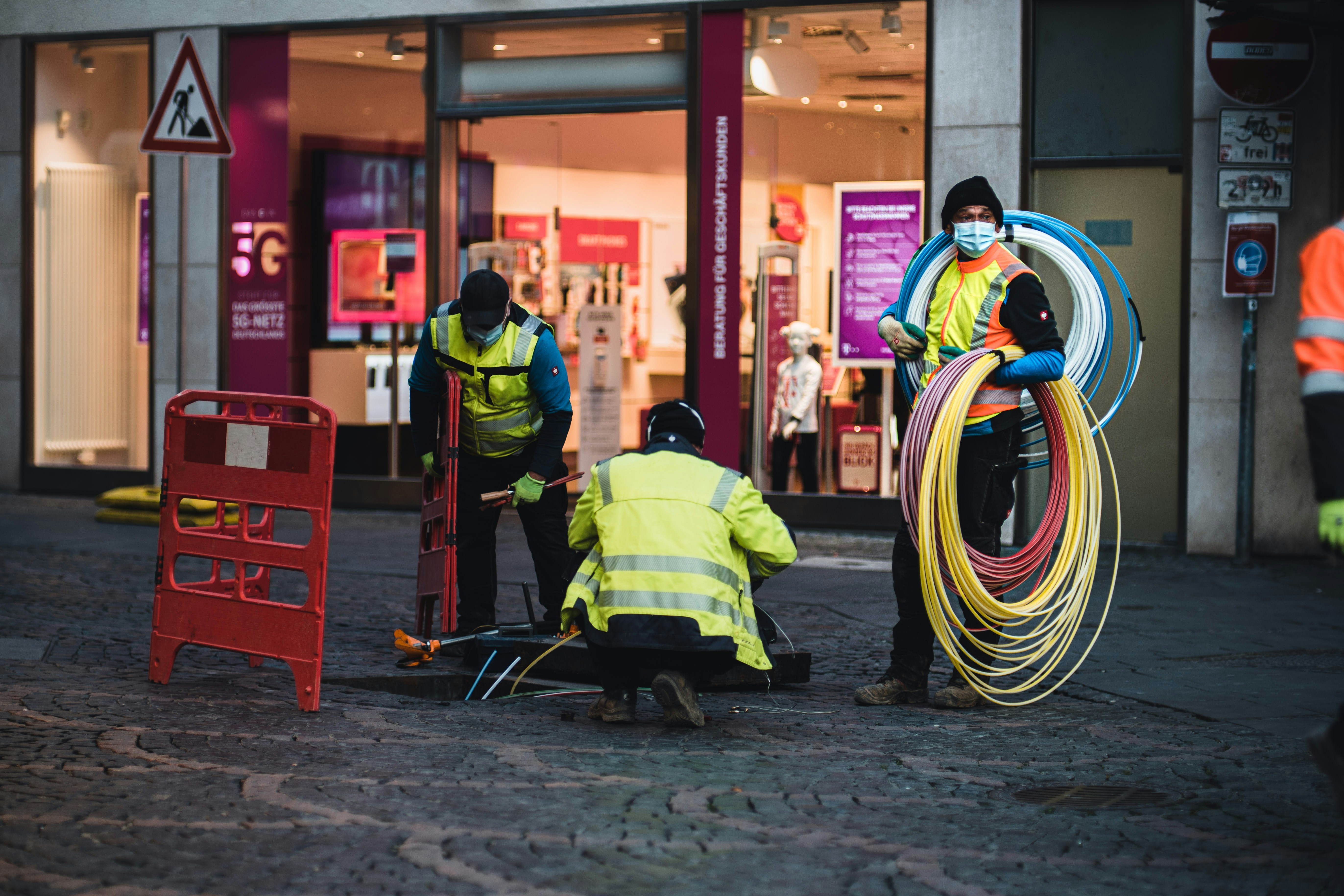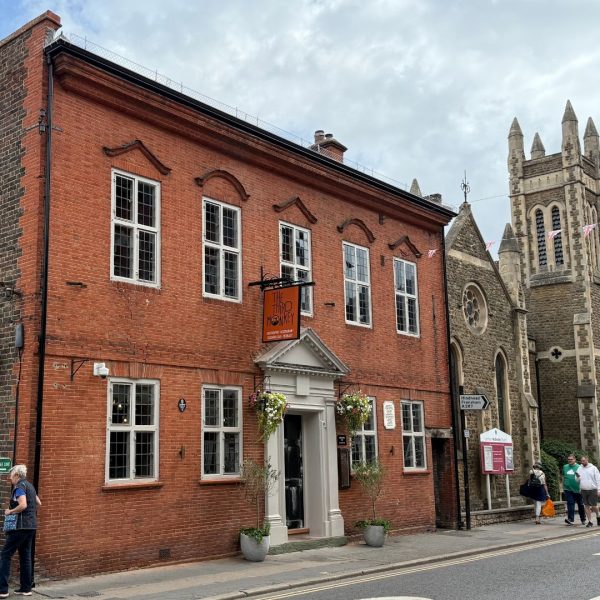
Full Fibre broadband is now available for 68% of UK premises.
Over recent years we’ve seen steady growth when it comes to the number of premises having Full Fibre broadband available to them, as you can see illustrated in the graph below.
However, when we look at smaller increments of time, some commenters are frustrated at the length of time it is taking, willing it to be faster. The increase from 67% to 68% has taken just over a month (34 days to be precise) which is slightly longer than the usual time we would expect for a 1% increase. To put it into context, the fastest 1% increase that has been recorded is almost half of this.
So does this mean that the speed and intensity of Full Fibre rollouts are diminishing? Are they a disaster and starting to slow down, rather than sprinting to the finish – A target of 85% coverage by 2025 and national coverage (99.9%) by 2030?
There are several complex factors that can account for the apparent slowing of Full Fibre broadband rollout.
Factors Affecting Full Fibre UK Rollout:
- A large influencing factor for the latest % rise taking longer than expected is the overlap between the different networks, in particular nexfibre and CityFibre rollouts.
- Another factor to consider is that not every % increase is the same – There seems to be an ebb and flow with Openreach and their rollout where we see a couple of mediocre months in terms of volume, and then a big month. It’s expected that Openreach FTTP will be increasing in volume over the next few weeks.
- Remember that Full Fibre broadband availability is not the same as take up. Once it is available, providers obviously want customers to take it up in those areas. This means that some providers temporarily pause their rollout in order to spend time focusing on the take up.
Which parts of the UK have the least Full Fibre availability?
There are still many local authority areas that have low availability of FTTP (Fibre to the Premises).
The 10 local authorities with the lowest availability can be found below.
| Local Authority | % Premises FTTP Available | % Increase |
| Na h-Eileanan an Iar | 6.39 | No change since 15/3/24 |
| Shetland Islands | 5.8 | 1.35 increase since 7/6/24 |
| Isles of Scilly | 9.49 | No change since 15/3/24 |
| Orkney Islands | 11.94 | 1.11 increase since 7/6/24 |
| Harlow District | 13.7 | 0.01 increase since 7/6/24 |
| West Dunbartonshire | 14.74 | 0.71 increase since 7/6/24 |
| Argyll and Bute | 16.95 | 0.04 increase since 7/6/24 |
| Perth and Kinross | 20.31 | 1.22 increase since 7/6/24 |
| Telford and Wrekin | 23.31 | 0.35 increase since 7/6/24 |
| South Tyneside District | 25.27 | 2.48 increase since 7/6/24 |
Where in the UK has the best FTTP coverage?
Unfortunately, there is quite a gulf between the worst areas of the UK for Full Fibre (see above table) and the best.
The top area of the UK for FTTP coverage is Kingston upon Hull, with a whopping 99.75% of premises having access to Full Fibre availability. 77% of these properties even have the choice of two or more networks when it comes to connecting to Full Fibre broadband.
We’re excited to see how Full Fibre broadband coverage continues to increase over the coming months and years as the UK moves towards its target of 85% coverage next year.
We’d love to see more of the least covered local authority areas increase their FTTP availability during that time too so that even more of the UK is covered.



